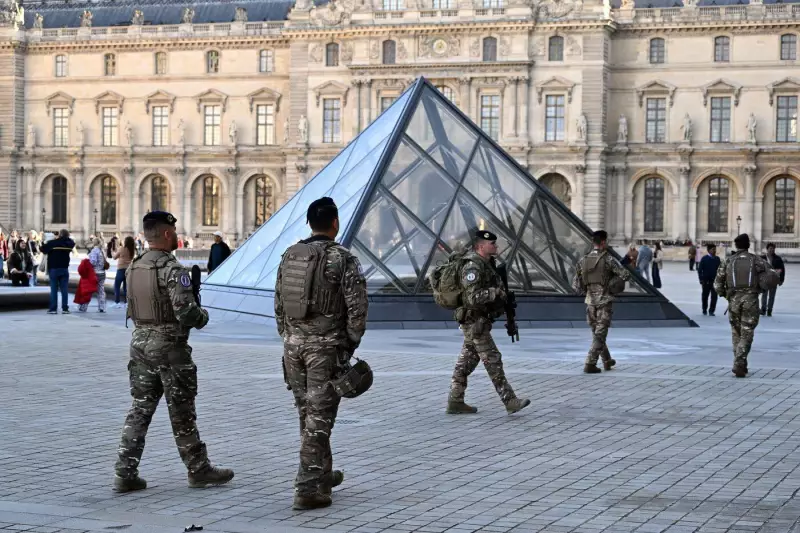
A damning internal audit conducted at The Louvre Museum revealed critical security deficiencies that required immediate attention, coming to light just before a sophisticated art heist targeted the world's most visited museum. The comprehensive review exposed vulnerabilities that put priceless cultural treasures at risk, raising serious questions about the protection of global heritage.
Security Upgrades Urgently Needed
The audit findings painted a concerning picture of The Louvre's security infrastructure, identifying multiple areas requiring urgent modernization. Museum officials were pressed to accelerate security enhancements that had been languishing in planning stages, leaving the institution's vast collection vulnerable to sophisticated criminal operations.
According to the report, the security systems in place were insufficient to counter modern theft techniques, with particular concerns about surveillance coverage, alarm response times, and physical barrier effectiveness. The audit emphasized that delayed improvements could have catastrophic consequences for the museum's irreplaceable collections.
Timing Reveals Chilling Coincidence
The audit's timing adds a layer of intrigue to the subsequent art theft, suggesting that security experts had identified the very weaknesses that criminals eventually exploited. While the audit wasn't prompted by any specific threat, its warnings about security gaps proved prophetic when thieves successfully targeted the museum.
The stolen artworks, valued in the millions of euros, represent not just financial loss but significant cultural heritage that may be lost forever. The heist has intensified scrutiny of museum security protocols worldwide, particularly for institutions housing universally treasured artifacts.
Global Implications for Cultural Protection
This security breach at one of the world's premier cultural institutions sends shockwaves through the international museum community. The incident raises fundamental questions about how major cultural repositories balance public access with adequate protection of humanity's shared heritage.
Museum security experts note that institutions like The Louvre face unique challenges, including massive visitor volumes, complex physical layouts, and the need to protect diverse collections spanning centuries. The audit findings suggest that existing security measures hadn't kept pace with evolving criminal methodologies.
Path Forward for Museum Security
The Louvre now faces increased pressure to implement the recommended security upgrades while managing public expectations about accessibility. The balance between creating an inviting visitor experience and maintaining ironclad security represents an ongoing challenge for cultural institutions worldwide.
As investigations continue into both the audit findings and the subsequent theft, the international art community watches closely. The outcome could set new standards for museum security and influence how cultural treasures are protected for generations to come.





